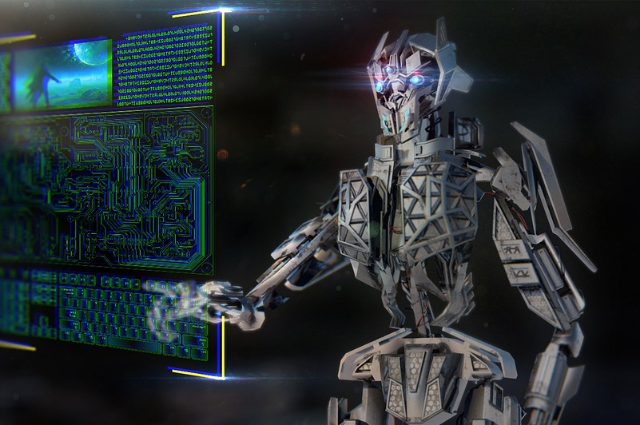
Humans are the only animals who can think, speak articulately, create, and make culture. Despite the relative lack of ferocity, humans have managed to reach the top of the food chain simply through intellect and creativity, utilising their larger brains to solve problems and create safer spaces. From a nomadic species fending off large predators to creating large empires and countries, it is safe to say that the brain is what differentiates humans from anything else.
Aside from all of that, what makes a human being peculiar is their ability to create. Songs, clothing, books, film, animation, and paintings are all things that come directly from human creativity. Only Shakespeare can write all of his wonderful plays, and only a fellow human can appreciate the thought that went into them. Culture is an insight into the human mind – a culmination of the weather, political state, and mental state of the people at the time. All art is derived from other forms of art, but no matter how close the copy, there is a speck of humanity within it.
So, what happens when humanity is divorced from the process of creation?
Generative AI is the answer to it. Instead of the love and care poured by humans into their art and culture, carefully crafting and planning each colour, each word, and each shot, technology enthusiasts have created a machine that soullessly plagiarises the works of artists and writers on the internet, regurgitating a bland copy onto the page. This seems to satisfy some in a society that has increasingly demonised the arts and creative works, seeing it as undeserved and easy. The increasingly capitalistic world sees the final product as king. There is no producer behind the scenes as the product is commodified and injected into everyone. Social media has made it so that trends dictate the population, and trends last barely a fortnight in short-form content, so production is focused less on the process and more on the product, no matter what the endgame would be. Bland gruel served on a fancy plate does not change the fact that it is still gruel.
Generative AI is essentially a subfield of artificial intelligence that uses generative tools to generate supposedly new pieces of text, images and more. It is nothing more than a glorified copier machine, rearranging the words around to create the illusion of something new rather than partaking in creation. The computer was never smart; it merely adopted the mannerisms of those who actually are.
Thus, AI fits right into this current scenario. Corporations are laying off creatives to get supposedly faster and better results for half the cost, ignoring the consumer base and their rightful complaints. Generative AI is seen as an alternative – a punishment – to the entitled artists and creatives. The environmental concerns are even more egregious, as unlike other things that lead to environmental degradation, Generative AI is absolutely unneeded in any context.
People who are divorced from their innate human instincts turn into mindless drones, unironically making them closer to the animals that humanity claims to be above. Without art and leisure, humans become machines in a boring world, forced to consume whatever slop is fed to them through AI, lacking thought and perspective. It can already be seen in the younger generation who flock to ChatGPT and other Generative AI sites to get their information force-fed to them in an anti-intellectualist spoon. Students are baffled at the generation that used to write essays without a computer transcribing it for them, and more are treating a computer providing gathered information as friends and colleagues, adding to the lack of human connection in the world. Defenders of AI often argue that the backlash against Generative AI resembles older arguments against new technology, such as initial hostility towards the printing press in the West or when the internet was just starting out. Like the song by The Buggles, Video Killed the Radio Star, defenders argue that AI would be integrated into regular life as soon as possible, and soon, people would start to understand that life without AI would be impossible.
Why exactly is Generative AI hated by creatives?
The reason for the massive backlash from creatives is that Generative AI plagiarises the work of creatives who post on the internet, which has now become the largest hosting platform for art and writing. Permission is not sought, and with a simple prompt, any person can now claim to be an artist or a poet without actually having worked for it. There is no blood, sweat, and tears in shamelessly ripping off the work of others.
A recent trend that caught flak in terms of usage of Generative AI was when ChatGPT came around with an update that allowed people to turn their photographs into a soulless imitation of art that was popularised by Hayao Miyazaki, a director who brought Japanese animation to the masses. A firm believer in art and its power, as well as an avid environmentalist, the use of Generative AI to rip off his art (in an inferior manner) seems to act as a middle finger to the old man and his passion.
It interlopes on the very core of humanity, taking away the one thing that makes them human.
The unchecked use of Generative AI is forming a generation that is gradually losing their senses and creative faculties to machines, keeping them naïve and gullible. Everything can be changed and faked. This therefore, ruins the culture of humanity that has persisted for millennia before.
